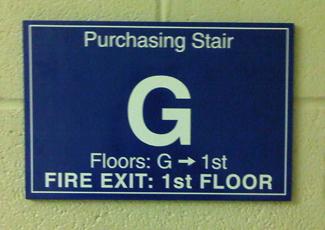There are just not enough hours in the day anymore. Perhaps there never were, but it seems to have become worse since the high-tech meltdown and subsequent financial crisis, followed by fiscal cliffs and sequestration. Yes, I am older now, and that may account for some of it, but I also believe that everyone is trying to achieve greater results with reduced capability. The productivity gains from tools have not kept up with the workload.
Companies are trying to do more with less. Many use low-cost labor regions to supplement manufacturing and R&D activity; some have set up offshore purchasing groups. Yet, even with these labor cost savings, companies have had to remain thin at home in order to achieve profitability targets. There are exceptions, but not many.
Being thin has many health benefits for people and companies alike, but being too thin is not healthy for either. When companies reduce staff, they take two approaches:
- One is to make choices about what they can no longer afford to do, and cut (or reduce) programs, products, or both.
- The other is to apply a blanket reduction that leaves some groups appropriately sized and others anorexic. These cuts are usually followed with improvements in processes that help to offset the staff reductions. But, too often, essential practices suffer.
Kicking the can
In many procurement organizations, important work is not getting done. Cuts in staff have left many groups inadequately managing their commodities. They are forced by spending to focus on the top components, leaving the rest undermanaged or assigned to third parties such as their EMS provider or distributors. Over time, with the reduction in focus, these components become less competitively priced than the internally managed ones.
In a whitepaper called “Fast Track Cost Reduction,” Lytica describes a change in process where companies can do more with less by focusing their electronic component purchasing efforts on previously unfound savings opportunities. This makes existing resources more productive, as it quickly identifies the low hanging fruit to enable focused and effective negotiations.
Similarly, UBM and Lytica’s Component Cost Estimator improves the productivity of designers. It helps cost reduce their BOM by providing current market price information on components, which facilitates streamlined negotiations. CCE also provides second-source identification to assist with time-to-market acceleration.
These practices have been identified as “Best in Class” by our clients, who are endorsing them with their customers, and by their large investors, who are promoting them throughout their portfolio companies. Sharing and adopting “Best in Class” practices is a great way to boost productivity and offset purchasing anorexia.
I’m sure many of you have best-practices that you use to increase your productivity — perhaps you could share them with other SCM Roundtable readers?

